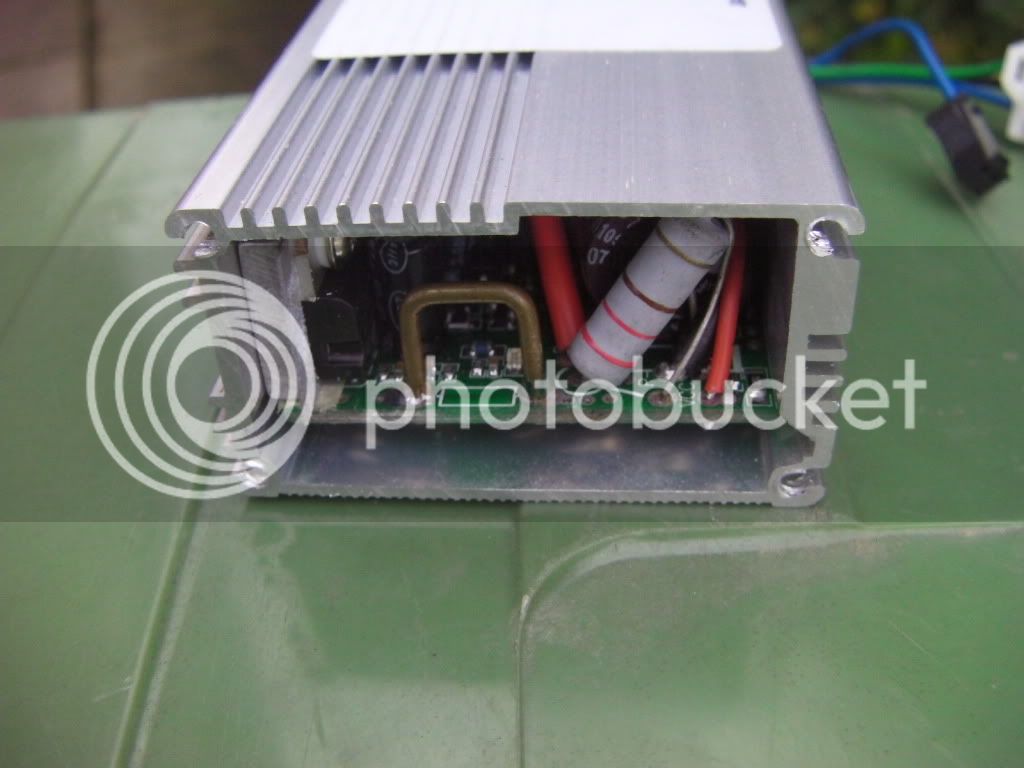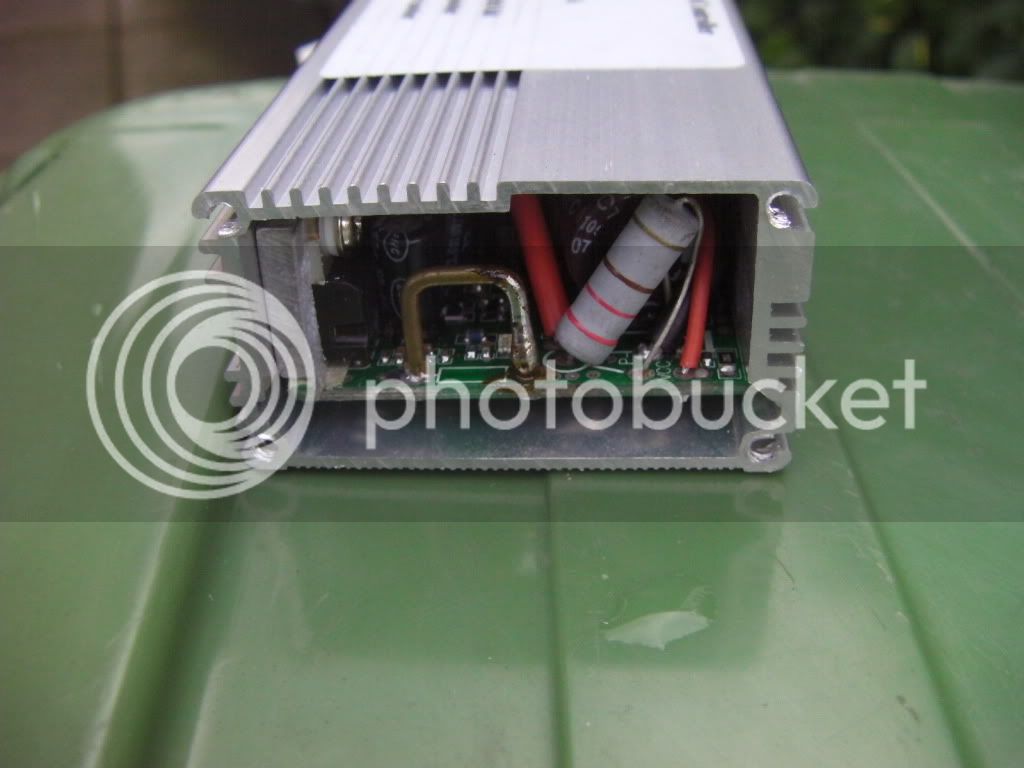Learning Curve
1 W
I am wondering if I need to be careful not to damage the hub motor or controller on my ebike by pushing myself and the motor to go as far as we can, up some of the steeper sections of the many hills in my area.
The bike was sold to me as having a 350 watt brushless hub motor. The bike was made in China by a company called Wuxing and I see a bike they sell that looks almost identical to mine that has 250 watt hub motor. Which makes me wonder if the hub motor in my bike is 350 or 250 watt. The controller on my bike is 15 amp. Will the 15 amp controller protect my hub motor from getting damaged on a steep hill, or do I need to get off and walk it up the sections where I notice the power is no longer sufficient and the bike is going slower and slower and I am peddling with all my might?
Or maybe I should get off and walk it up the steep hills before it gets to the point of substantially slowing down?
I have just set it up with a new 15 amp hour 36 volt battery, and did not realize I might damage the hub motor by riding it hard up a steep hill... But it is nice to be able to use the motor for as much assistance as possible!
Some advice on how to maintain the health of this type of hub motor in area with lots of substantial hills, would be appreciated!
The bike was sold to me as having a 350 watt brushless hub motor. The bike was made in China by a company called Wuxing and I see a bike they sell that looks almost identical to mine that has 250 watt hub motor. Which makes me wonder if the hub motor in my bike is 350 or 250 watt. The controller on my bike is 15 amp. Will the 15 amp controller protect my hub motor from getting damaged on a steep hill, or do I need to get off and walk it up the sections where I notice the power is no longer sufficient and the bike is going slower and slower and I am peddling with all my might?
Or maybe I should get off and walk it up the steep hills before it gets to the point of substantially slowing down?
I have just set it up with a new 15 amp hour 36 volt battery, and did not realize I might damage the hub motor by riding it hard up a steep hill... But it is nice to be able to use the motor for as much assistance as possible!
Some advice on how to maintain the health of this type of hub motor in area with lots of substantial hills, would be appreciated!



